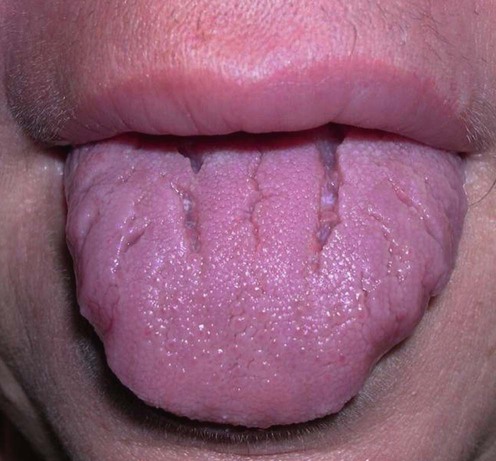Standard patch testing, as well as metal, bakery, dental, and other patch series may be required. Khouri JM, Bohane TD, Say AS. Acta Paediatr 2005; 94: 501–4.
Granulomatous cheilitis

Specific investigations
Is orofacial granulomatosis in children a feature of Crohn’s disease?
![]()
Stay updated, free articles. Join our Telegram channel

Full access? Get Clinical Tree










